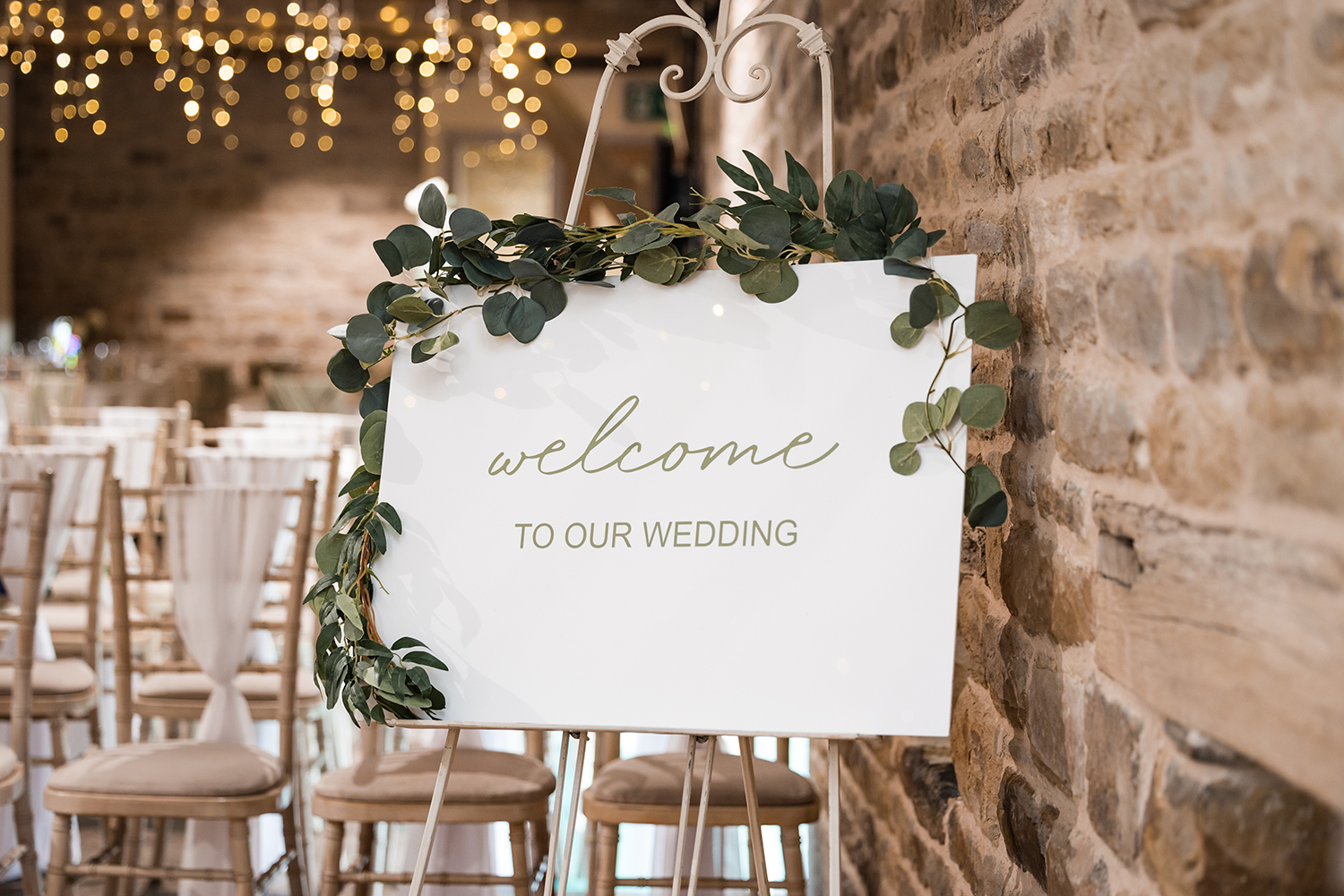Your wedding venue sets the tone for your entire celebration, so choosing one that reflects who you are as a couple isn’t just about aesthetics—it’s about telling your story. When you close your eyes and picture your wedding day, what do you see? A cozy barn surrounded by twinkle lights? A chic rooftop with sweeping city views? A quiet garden tucked away from the world? We’ve put together some suggestions and considerations to help guide you through the process. From first impressions to final dance, the right venue should feel like you. Start With What Matters to You Before you get swept away in Pinterest boards and venue tours,…
-
-
Relationships don’t stay still—they evolve. Whether you’ve just said “I do” or have been building a life together for years, your connection as a couple will change with time. The question is: are you growing together or drifting apart? While every couple faces challenges, there are clear signs that your relationship is moving in a healthy direction. Growing together means maintaining emotional closeness, supporting each other’s goals, and adapting to life’s changes as a team. Even if the day-to-day feels busy or imperfect, the underlying connection keeps you grounded. Signs You’re Growing Together You Communicate Openly (Even When It’s Hard) You’re not just talking about the easy stuff—you’re able to…
-
Parenting is a constant dance between setting limits and showering love. As any parent knows (especially in those early years), it can be tough to find the right balance between discipline and affection. You want to raise confident, kind, respectful children, and you also want them to feel safe, loved, and emotionally secure. So, how do you do both? The truth is, discipline and affection aren’t opposites—they’re partners. Together, they create a parenting approach that guides children while also nurturing their emotional well-being. Let’s explore how to combine structure and love in a way that feels consistent, supportive, and sustainable for the whole family. Understanding the Role of Discipline…
-
Summer is the perfect time to hit pause on busy routines and reconnect with your partner, especially if it’s during or after the whirlwind of wedding planning, or you’re just in the middle of the everyday rhythms of a long-term relationship. The warmer weather, longer evenings, and slower pace practically beg for fun, meaningful date nights! Whether you’re newly engaged or deep into married life, a good summer date doesn’t have to be expensive or complicated—it just needs a little intention (and maybe some bug spray). From outdoor adventures to cozy evening escapes, we’ve put together some amazing, romantic summer date night ideas to help you soak up the season…
-
Wedding invitations are more than just logistical tools—they’re a first impression. Whether you’re planning a formal celebration or a small backyard gathering, how you address your invitations reflects your style, sets the tone, and shows respect for your guests. Thankfully, modern etiquette has made things a little more flexible and inclusive, which means couples can approach the process with both certainty and ease. We’ve put together a helpful guide for navigating modern invitation etiquette without stress to assist you with the process. Check out our tips for addressing envelopes, including diverse family dynamics, and managing both printed and digital invites so you can get your invites sent out with…
-
Supporting Your Partner Through Stress: A Guide to Stronger Connections Every relationship encounters moments when one partner is under more pressure than usual. Whether the cause is work, health, family issues, or just the everyday challenges of life, knowing how to be there for your partner during a stressful time is one of the most important parts of a healthy, lasting relationship. When handled with care and empathy, these difficult periods can actually strengthen your connection. With that in mind, we’ve put together some supportive strategies to help your partner feel heard, valued, and comforted during times of stress, while also keeping your relationship balanced and strong. From recognizing signs…
-
Making new friends as a couple can be a surprisingly rewarding challenge. Whether you’re newlyweds, long-time partners, new to town, or simply hoping to grow your social circle, finding like-minded couples to connect with can add fun, laughter, and support to your relationship. In 2025, there are more ways than ever to meet new people—both through good old-fashioned in-person conversation and with the help of online platforms. Below, you’ll find some of our favorite ways to make meaningful couple friendships. With ease and a little intention, you and your partner will begin finding couple friends in no time! Start with Shared Interests The best friendships often start with common…
-
You don’t have to hop on a plane to find romance. Sometimes, the most meaningful memories are made right at home. Whether it’s a spontaneous weekend or a well-planned break from the everyday, a staycation gives couples a chance to unwind, reconnect, and have fun—no passport required. Need a little inspiration? We’ve put together some of our favorite romantic staycation ideas to spark that just-married feeling, no matter how long you’ve been together! Enjoy activities with your partner, like spa days and visiting local attractions with a fun vacation spin. Create a Spa Day at Home Picture this: soft music playing, candles flickering, a bowl of sliced cucumbers waiting…
-
Questions to Ask if You Are Considering Hiring a Wedding Planner Hiring a wedding planner can be one of the best decisions you make during your engagement, but it’s not always easy to know where to begin! With so many details to manage, personalities to mesh with, and budget considerations to weigh, how do you know who’s the right fit for your big day? We’ve put together a guide with everything couples should know before signing a contract, plus helpful sample questions to guide the conversation. Whether you’re planning an intimate backyard celebration or a grand ballroom affair, asking the right questions before hiring a planner can help ensure a…
-
Congratulations on your name change! While you’re basking in the glow of your new identity, don’t forget a crucial step: updating your name across all your financial accounts and, importantly, with the three major credit bureaus. This guide will walk you through how to change your name on your credit report with TransUnion, Experian, and Equifax. Why is this so important? An accurate credit report is vital for everything from applying for loans and mortgages to securing new credit cards. Ensuring your new name is reflected correctly helps maintain the integrity of your credit history and prevents potential issues down the line. At HitchSwitch, we understand that navigating these updates…









